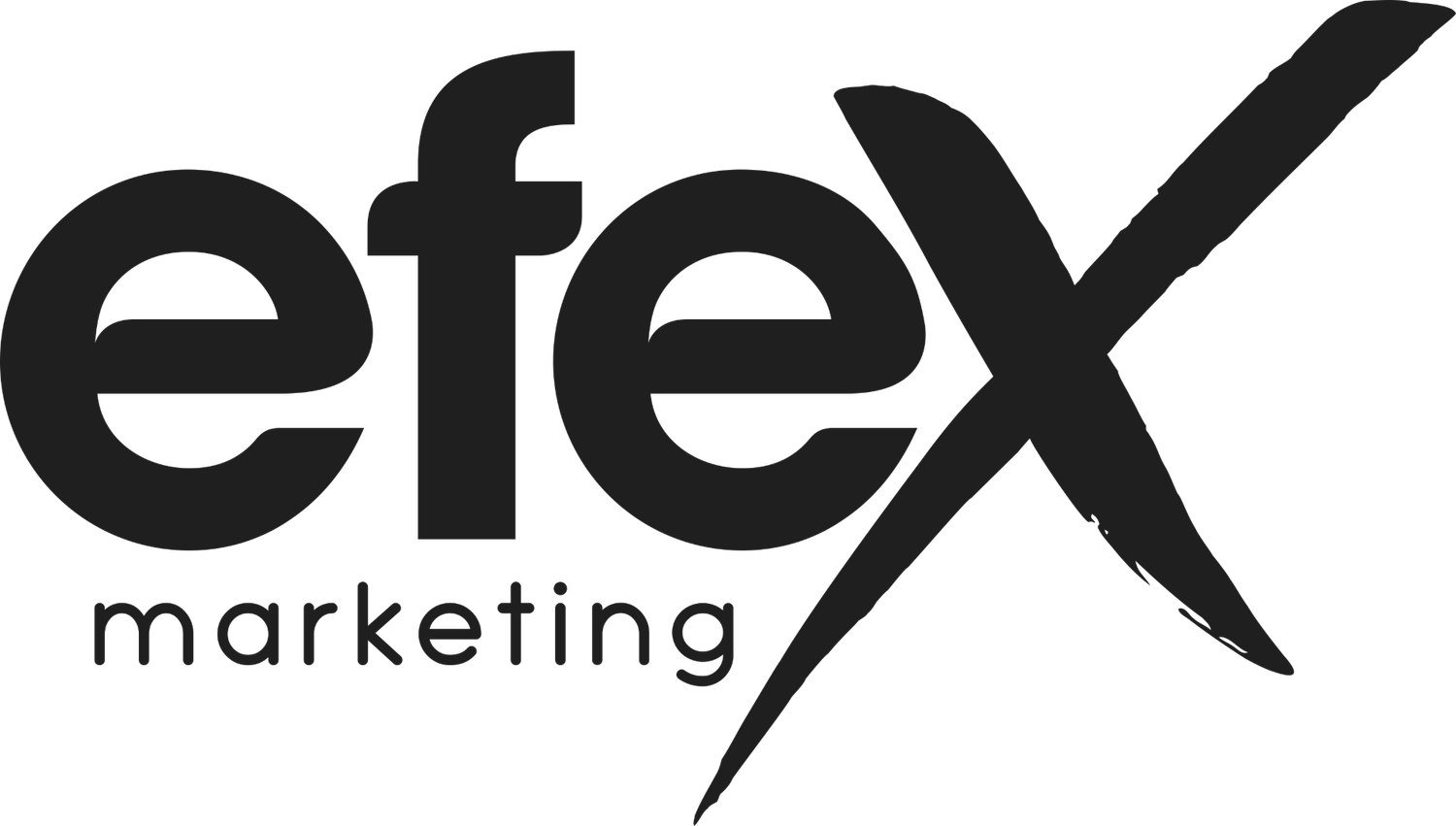AR and Experiential Marketing
What is AR?
When you hear the term “experiential marketing”, live events such as pop-ups, tastings, and sports events may come to mind. What might surprise you is that while these events remain popular and effective, more agencies are using augmented reality (AR) to infuse technology into branded experiences.
AR is slightly different from virtual reality, which immerses the user into a total simulation through simulating both vision and hearing. In contrast, AR blends the real world with simulated components, which allows users to interact with digital features without hiding the physical world altogether.
Considering AR’s immersive capabilities, it’s no surprise that the technology has begun to take the experiential marketing world by storm over the past few years. Between 2014 and 2017, Statista reports that global spending on AR grew from $600 million in 2014 to $12.8 billion. When the Covid pandemic hit in 2019, investment in AR shot up even more as companies were forced to engage with customers digitally. This growth is likely to continue, as Fortune Business Insights projects that the market will grow from USD 6.12 billion in 2021 to USD 97.76 billion in 2028.
So what are some examples of AR being effectively integrated into an experiential marketing campaign?
Here are three campaigns that stand out:
3 Top AR Marketing Campaigns
Coca-Cola’s World Cup Experience
As a long-term partner of the FIFA World Cup, Coca-Cola has created many memorable experiential marketing campaigns. For the 2018 World Cup, Coca-Cola integrated AR by allowing pedestrians outside of Zurich’s main train station to demonstrate their soccer skills. The immersive technology and life-size images on-screen made participants feel like they were dribbling a soccer ball beside Switzerland’s very own Xherdan Shaqiri.Participants could also take a photo with Shaqiri and enter a competition to win a FIFA World Cup Official Match Ball.
City Social’s Mirage Menu
In London, a bar called City Social used AR to jazz up their cocktails. Customers were encouraged to download a specific app before arriving at the restaurant. After selecting one of twelve cocktails on the Mirage menu, their drink was accompanied by a special coaster, which came to life in the form of AR once the guest pointed their phone’s camera at the coaster. With their beautiful beverage and coaster in the background, users were able to see detailed animations come to life, including dancing flapper girls and Mayan gods. Not only did this make the dining experience more memorable for the customer, but it also increased reach to other possible customers, as users wanted to share this unique AR experience on social media.
Adidas for the Oceans
Adidas used AR to promote their partnership with Parley for the Oceans, as the company’s goal is to replace all virgin polyester with recycled marine waste by 2024. Their in-store experience used a custom app to transform the store into an ocean on customers’ devices. Users were able to see whales up close through the AR experience. With their cause in mind, Adidas also thought to integrate floating plastic, which consumers had to pick up within the augmented reality in order to move around the sea.
Making AR Work For You
The examples above demonstrate how AR can be used in a variety of ways for experiential marketing events, whether that be for a larger scale event such as the one executed by Coca- Cola, a smaller scale experience such as the City Social cocktails, or to bring awareness to a global issue such as Adidas’ virtual plastic cleanup.
While there’s no doubt that AR technology can provide endless possibilities for creative branded experiences, is it worth the investment? In other words, does AR fill a gap that traditional experiential marketing campaigns cannot always meet?
One big dilemma faced by experiential marketers that AR may be able to address is that marketers endeavor to create outrageous experiences to capture consumer attention, however, it’s often the case that the more outrageous the experience, the less the consumer can participate.
While consumers of today desire a unique experience, participation in that experience is a huge part of what makes the experience, and the brand, memorable. AR can offer a solution to this problem because the technology can create “companion experiences” that enable consumers to participate in a variety of experiences.
Whether it’s floating through the ocean, playing sports with famous athletes, or a trip to the moon, AR can bring outrageous experiences to life in a widely accessible fashion. Another perk of AR is its’ ability to encourage engagement on social media. For the participant, the unique experience provided by this futuristic technology drives them to post about the branded experience on social media to share with friends, family, and followers. Additionally, because a lot of AR experiences are linked to the user’s phone in some way, marketing agencies can measure ROI more directly than in traditional experiential marketing campaigns.
For example, Midwest Immersive collaborated with Kim Products to create an AR experience for their winter collection launch party. Using a custom-designed Snapchat lens, attendees were able to scan Snapcodes throughout the party, which then displayed nostalgic images on their phone’s screen as if they part of the real world.
After the party, the agency was able to directly track how many times the feature was used, with the Snapcode scanned 299 times and snaps made in the lens viewed 24,391 times during the party. As a result, this 300-person event was able to reach over 24,000 people through social media.
As AR continues to develop, there’s no question that the technology will likely become a key component of experiential marketing events. Do you have questions about how your brand can make use of AR? Contact Efex Marketing, an experiential marketing agency utilizing the latest digital marketing technology, for further expertise.
